The stakes are high this election, especially for low-income elders of color.
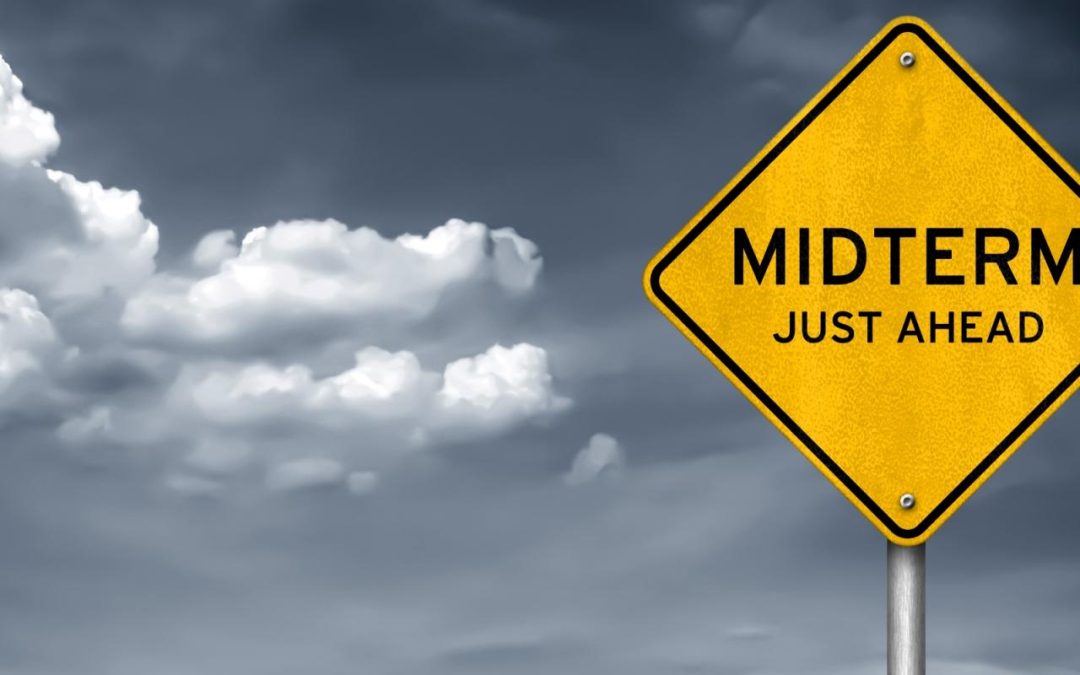

The stakes are high this election, especially for low-income elders of color.
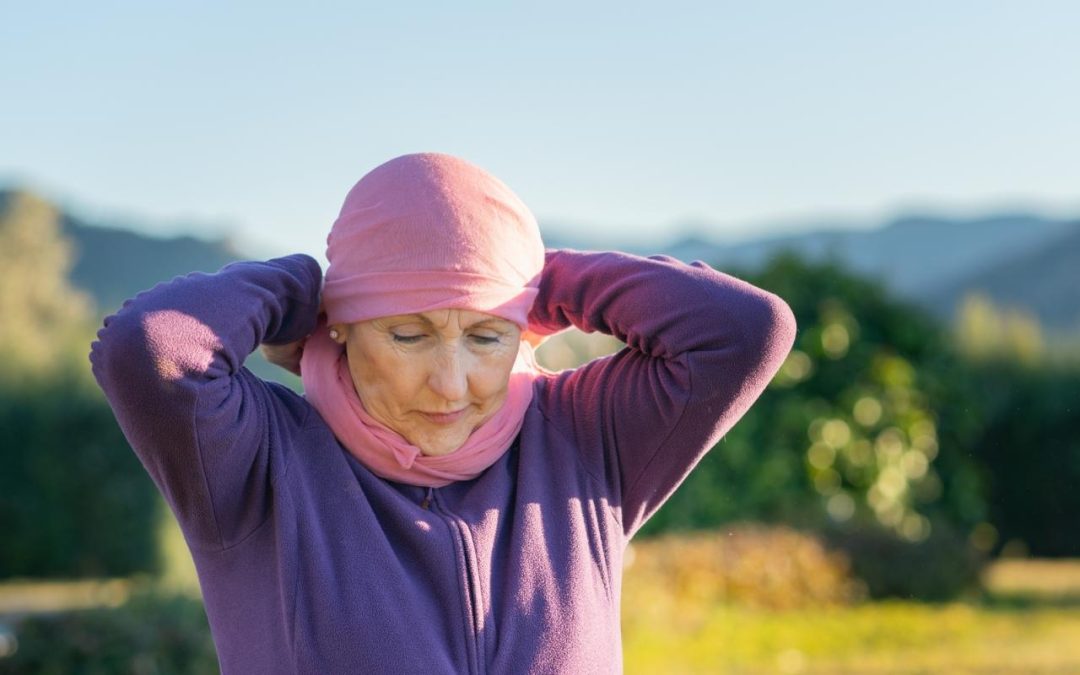
One recent survey points clearly to age bias by physicians when working with breast cancer patients.
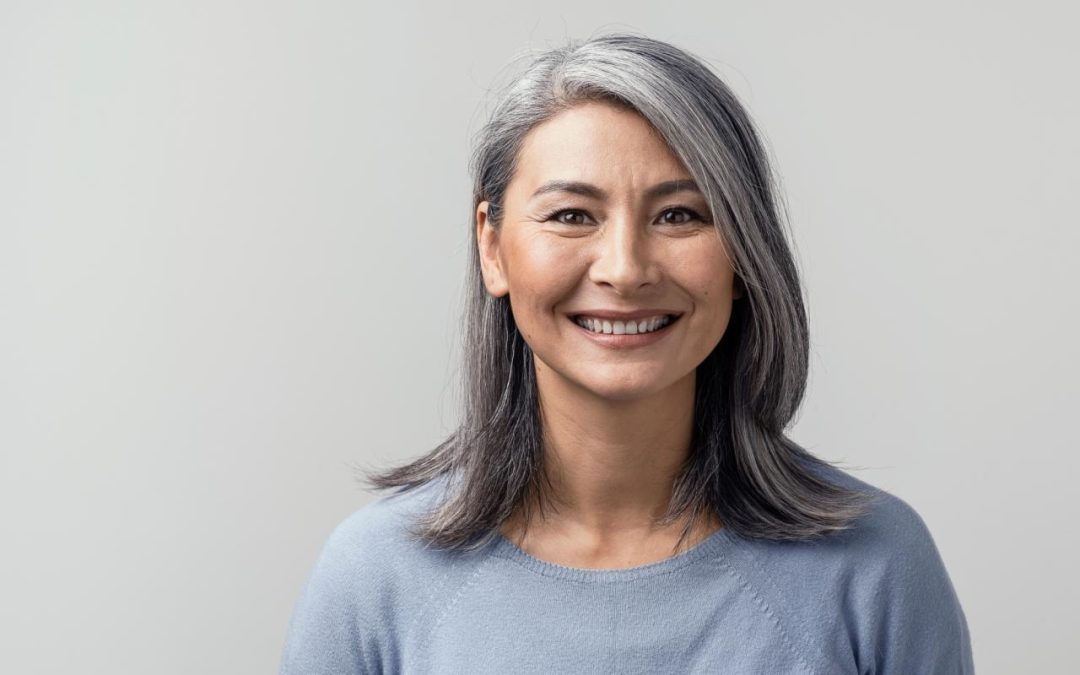
‘How can we shift our expectations of the consumer to include all of our consumers?’
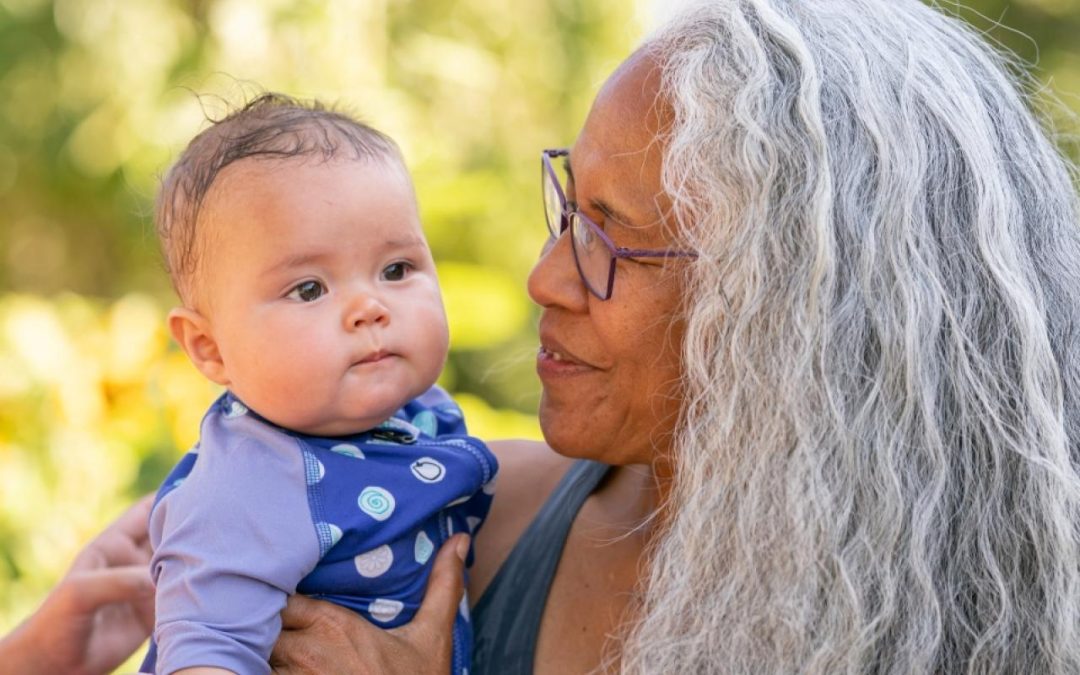
Addressing uptake levels, barriers and potential solutions to ACP in Indigenous people.
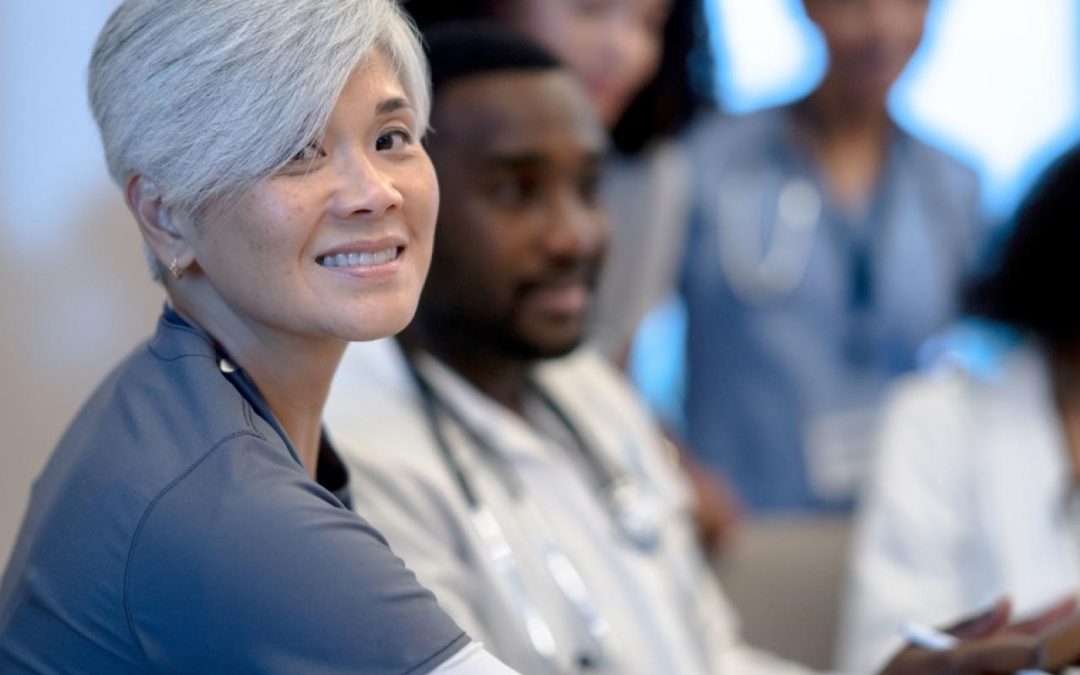
Solutions for creating an equitable end-of-life experience for all elders, no matter their race, ethnicity, sexual identity, and socioeconomic status.
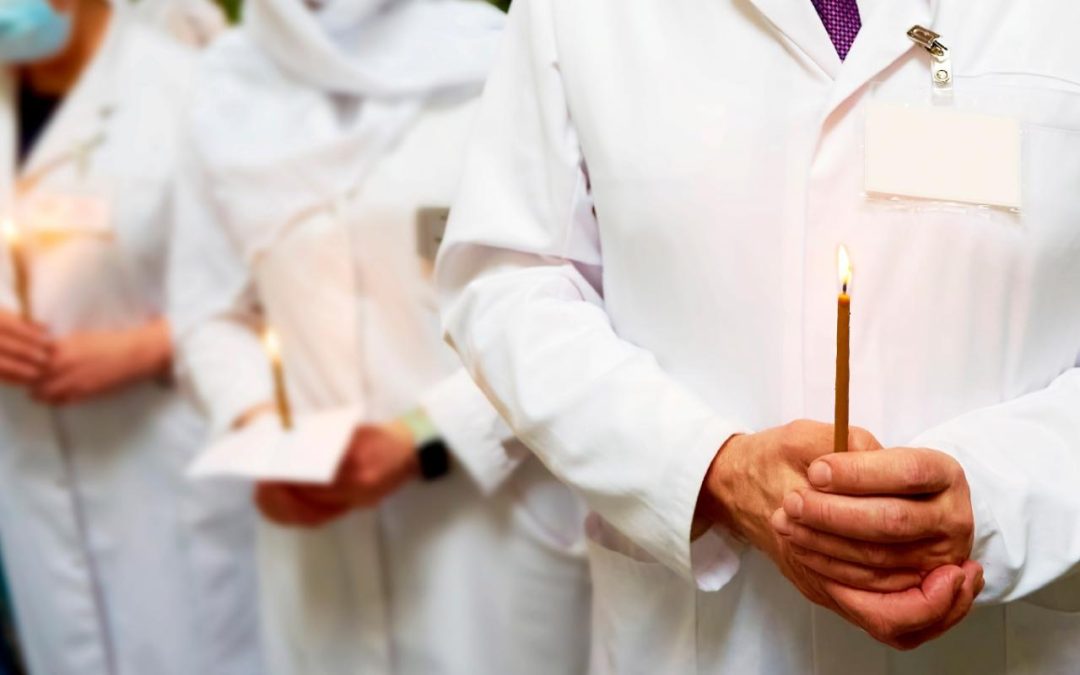
Why palliative care is so much more effective toward the end of life than overmedicalized care.
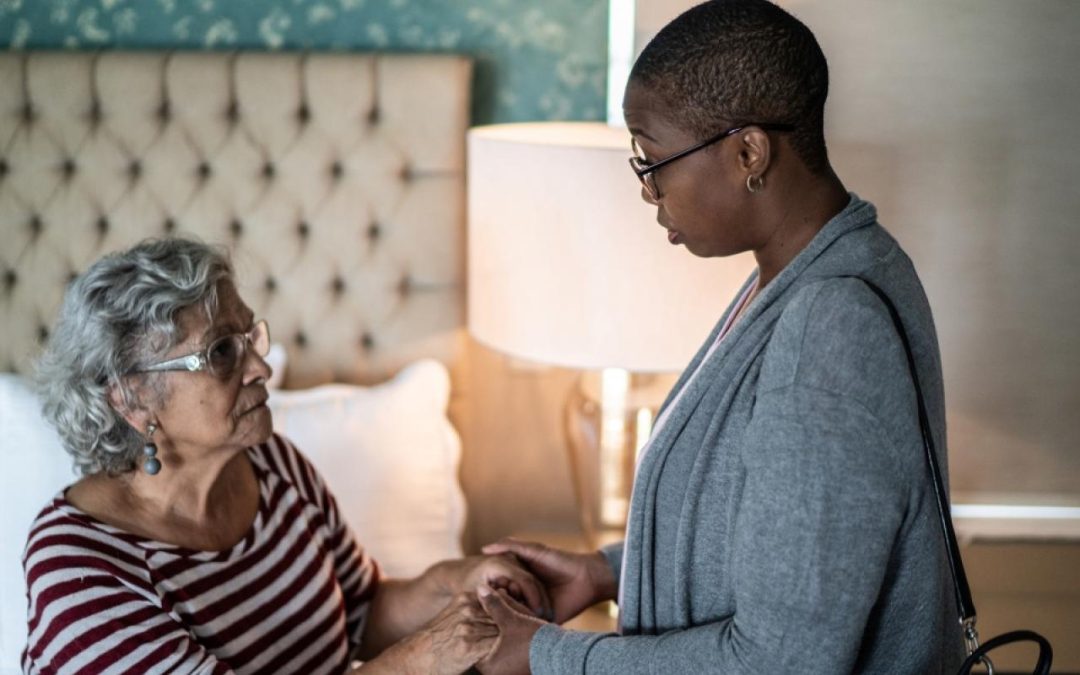
A primer on the role these professionals play at the bedside and for family members and caregivers.

Treating physical and mental health as the intertwined issues they are.

Answering the query ‘Why bother?’ treating substance use disorder at the end of life.

Earning the trust of African American elders in hospice and care at the end of life.

Connecting key aspects of resilience for a smoother transition into and through retirement.
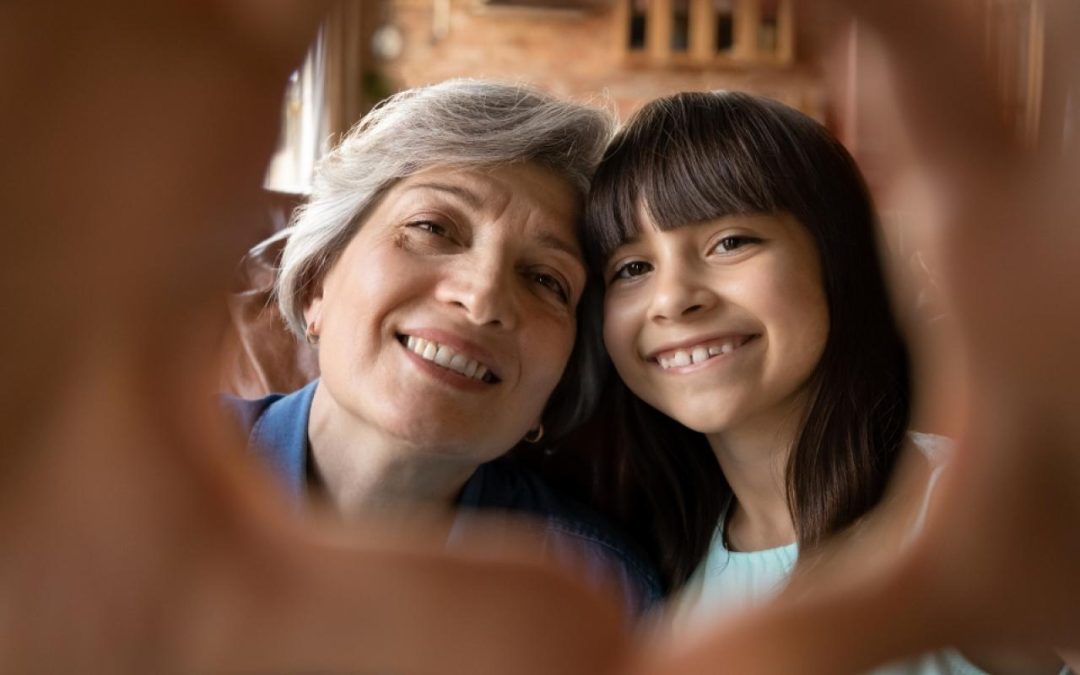
Connecting to different generations can change how we approach death and dying.

Grief is a universal experience that begs for conversation, but we have yet to normalize the discussion.
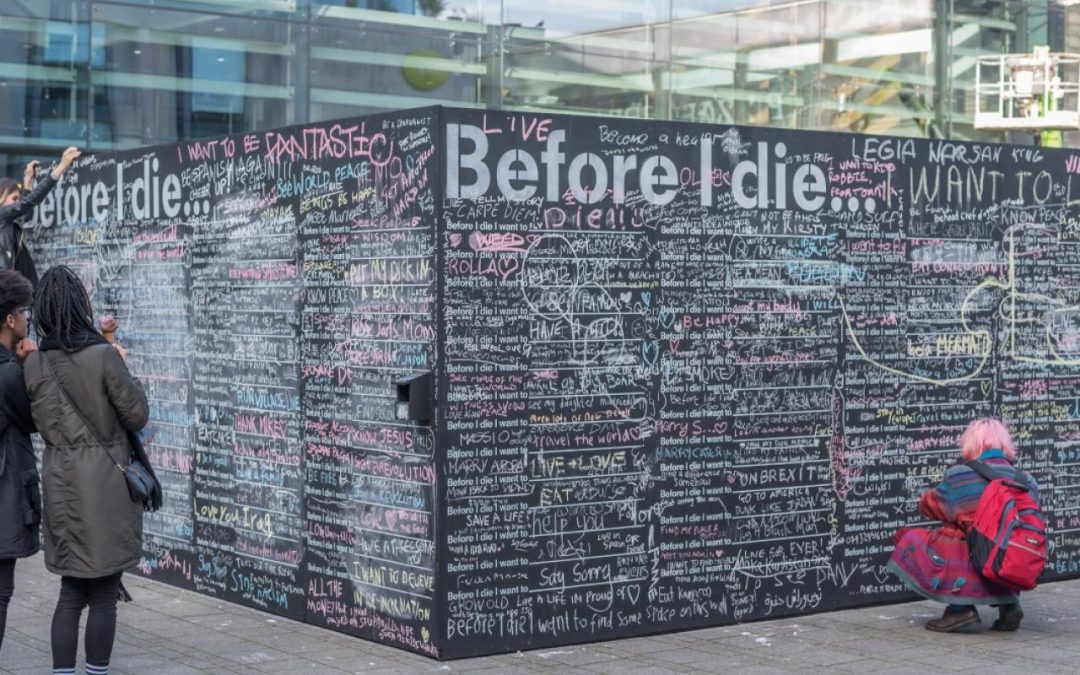
Guest Editor Carole Fisher’s mission to improve how we die and how we talk about death.
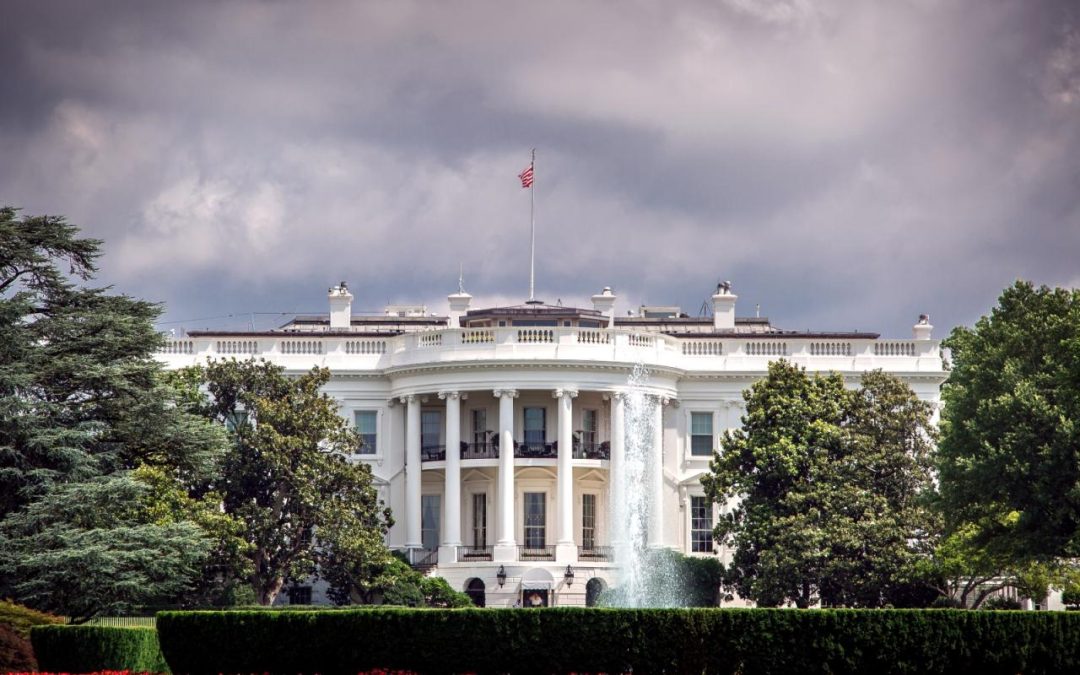
The national strategy will expand access to nutritional counseling.

Finding bipartisan support for LTC improvements and Medicare Advantage services.

An expert of aging and ageism explains the impact of age discrimination.
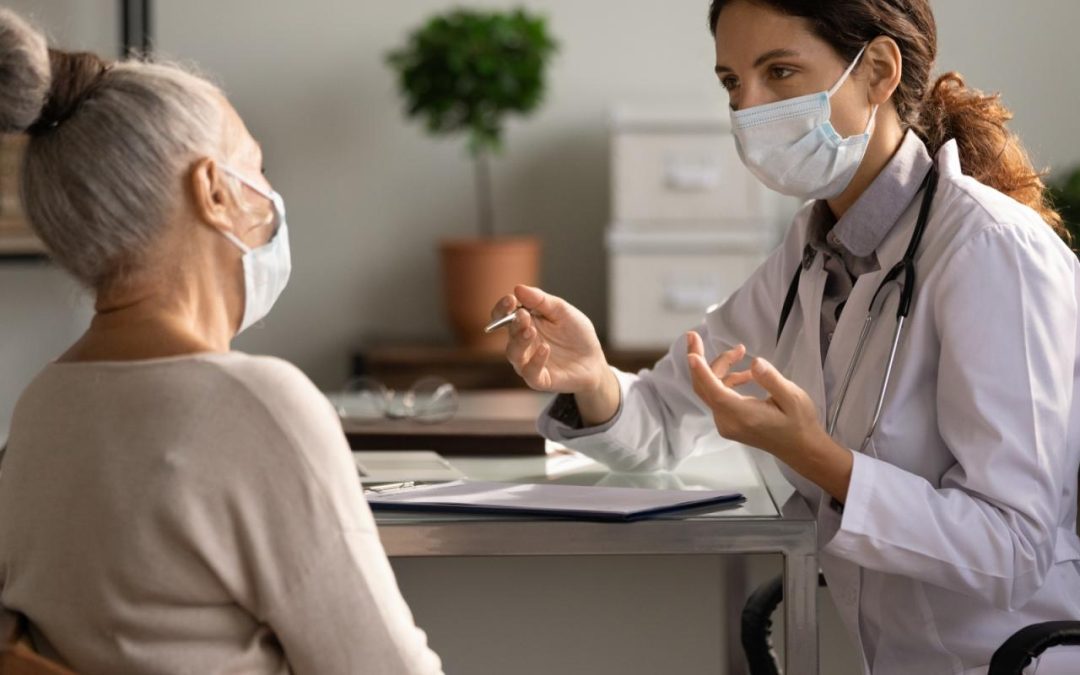
Ageism not only affects daily life, but also life post-COVID—what follows are ideas for avoiding it when seeking medical help.

Long COVID symptoms are numerous but can be tough to diagnose, and to document for disability payment.

Older adults are most at risk of Long COVID and have a role to play in driving research forward on this complex condition.